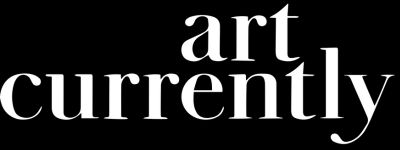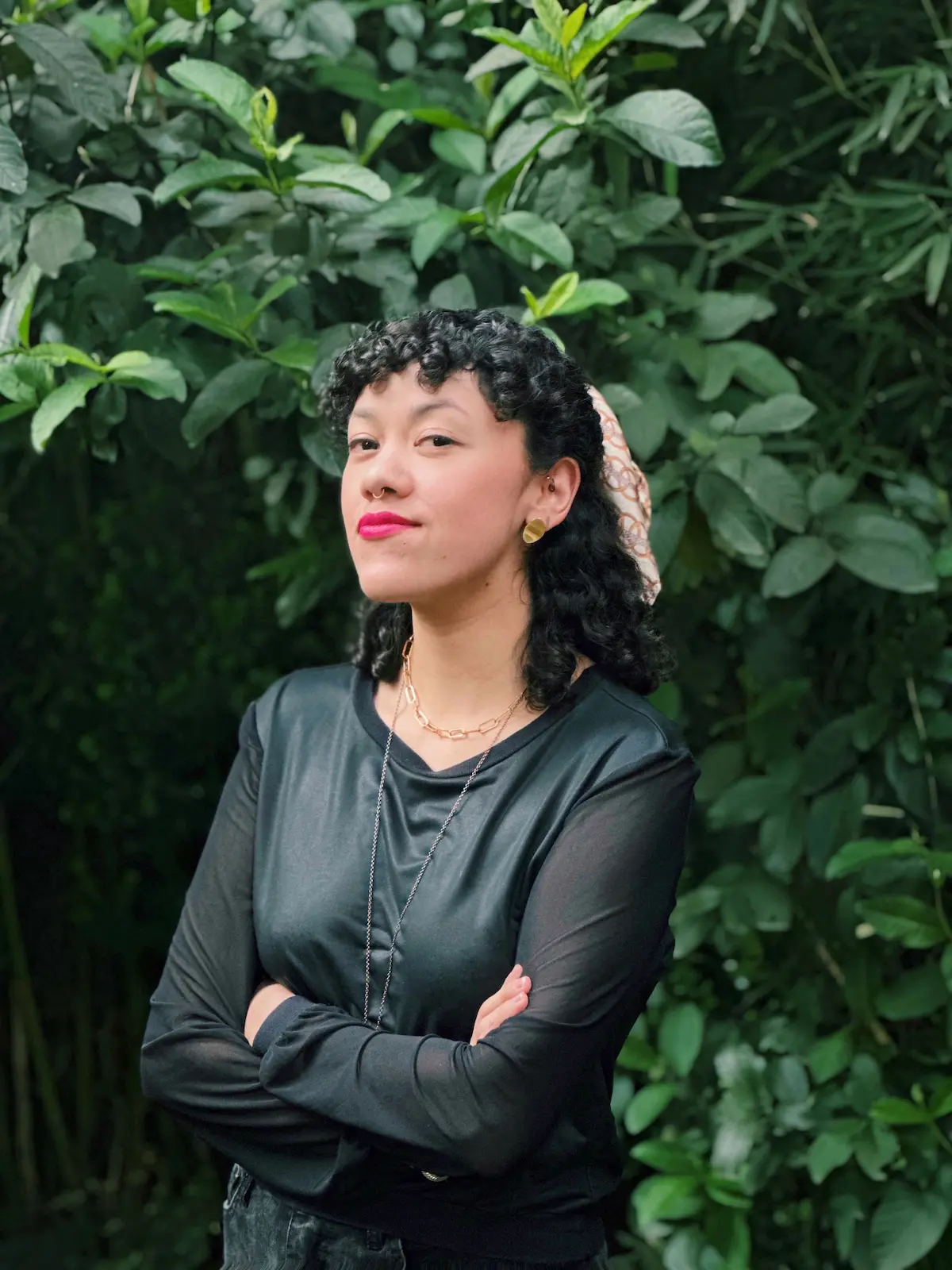Filmmaker Cecilia Villaverde Focused on LGBTQ+ Narratives Named Finalist for Laguna Art Prize
Portrait of Cecilia Villaverde
Award-winning filmmaker and experimental video artist Cecilia Villaverde has been named a finalist in the international Laguna Art Prize competition. Created with collaborator Jorge Villarreal under their group pseudonym "The Villas," their video piece lo incierto will be exhibited at the Arsenale Nord in Venice this November.
The Mexico City-based artist is known for her versatile work in auteur cinema and various audiovisual formats, excelling as a director, cinematographer and post-producer. With a unique storytelling technique and focus on LGBTQ+ narratives, Villaverde aims to showcase human stories and serves as a reflection of her identity. Her work explores the blend of reality, representation, and fiction while also delving into themes of heritage, gender, and identity.
Among other artists, Villaverde was one of the firsts selected for Casa Caché, a new residency in Havana Cuba as part of the inaugural cohort, where she filmed Renacer/ Rebirth. With work exhibited in Paris, Brussels, Bogotá, Mexico City, San Antonio, Havana and New York City; Cecilia’s creative vision continues to make an impact on the international art scene.
art currently caught up with the artist to get insights of her upcoming release!
 Villaverde's “Renacer (Rebirth)” is a testament to the resilience and strength of Havana's LGBTQ+ community, particularly the trans community.
Villaverde's “Renacer (Rebirth)” is a testament to the resilience and strength of Havana's LGBTQ+ community, particularly the trans community.
What does being part of the first round of selected artists of Casa Caché’s Cuban residency program mean to you?
I was incredibly honored! The four weeks I spent at Casa Caché’s residency truly felt like a life-changing experience. Havana is a unique city, where time has left traces of history in every corner, it felt like walking through poetry. Yet, once you get to know people on a deeper level you realize the lives of Cubans are filled with inner strength and faded memories. The project I created during my time there, Renacer (Rebirth), is my first combined documentary and video art piece. I had the privilege of meeting two elderly trans women, Victoria and Farah, who welcomed me into their homes and shared their hopes and struggles. They told me stories of resilience during the darkest years of Cuban laws against the LGBTQ+ community and the new era of openness and acceptance that the island has begun to embrace.
I had the opportunity to work alongside three remarkable artists: the talented photographers Corina Gertz and Kris Scholz, who displayed a passion for their craft and process that was truly inspiring. Along with my dear friend La Bruja de Texcoco, a recurring subject in my work with whom I've shared a long history of collaborations across various projects and media.
Casa Caché’s residency provided me not only with the opportunity to exhibit my work and participate in artist talks at Fabrica de Arte Cubano and the Centro Nacional de Educación Sexual en Cuba, but also the chance to immerse myself in a culture where past and future coexist simultaneously. In the end, as an artist, this was the most profound takeaway.
Your video piece lo incierto has earned you a spot as a finalist for the Laguna Art Prize. What inspired the creation of this work and how was the experience of collaborating with Jorge Villarreal on the project?
“lo incierto” is a piece we created during the peak of COVID-19. While quarantining for a couple of weeks in San Antonio, TX, we both felt the need to express the strange and unsettling times we were living through; the uncertainty of times and the prospect of how the world would move forward. Jorge and I revisited footage we had filmed as far back as 2014, and the result was this atmospheric, multisensory, three-screen piece. We invite the viewer to engage with it as a mirror, reflecting the intricate questions we present, and encouraging a deeper exploration of their own reflections of space and time.
This piece marked the start of a collaborative duo, The Villas. Jorge Villarreal is an incredibly talented photographer, but what most people don’t know is that he’s also an amazing videographer. Now, we’re diving into our next joint series of photographic and video art pieces, which will serve as a response to the questions we first raised in “lo incierto”. It’s exciting to keep expanding on those ideas and push our creative boundaries even further together.
How have LGBTQ+ narratives shaped your artistic journey and what impact do you hope your work continues to have within these communities?
My family comes from the small town of Juchitán, Oaxaca, in Mexico, one of the few places in the world with a concept of a third gender: the muxes. Muxes have historically defied traditional gender norms and the binary framework. I was raised with the belief that anyone could embody their true selves, loving whomever they chose and cultivating their own identities. I’ve held this belief close to my heart despite the rigid expectations imposed by society, insisting that we all conform to predefined boxes. Over the past few years, I’ve been capturing LGBTQ+ stories through documentaries, video art and photography. Their narratives have inspired me to challenge traditional structures of storytelling, pushing me to embrace fluidity, multiplicity, and non-linear forms that reflect the diverse realities of the LGBTQ+ community. Amplifying diverse stories reveals the common threads that connect us all, highlighting our shared humanity. Ultimately, I want to cultivate this sense of human connection, encouraging others to explore their truths and find empowerment within their own stories.
What key themes or messages do you hope audiences take away from your work, especially as it continues to evolve across different mediums and platforms?
We’re constantly changing, and I feel this every day—as an artist, a woman, and a human. The only certainty we have is the unknown. I invite everyone to embrace the fluidity of identity, the space between memories and dreams, and the blurred lines of reality. I’m fascinated by how perception shifts and how we construct both personal and collective narratives.
Whether through film, video art, or multimedia installations, I hope my work resonates on an emotional level, inviting audiences to reflect on their own experiences and the complexities of humanity. I aim to create a space for contemplation; where contradictions can coexist, where the invisible becomes visible, and where ambiguity is embraced rather than resolved.


